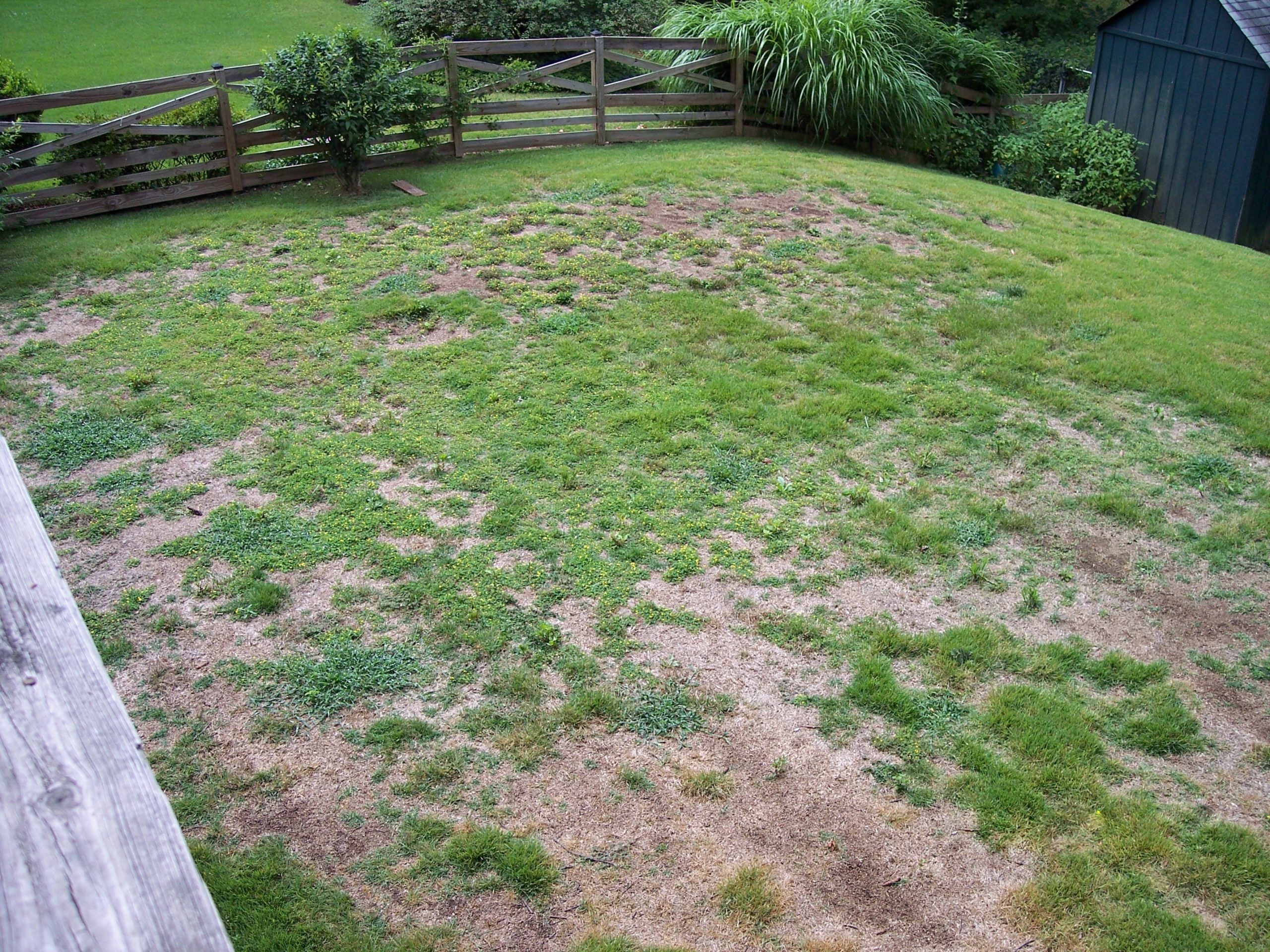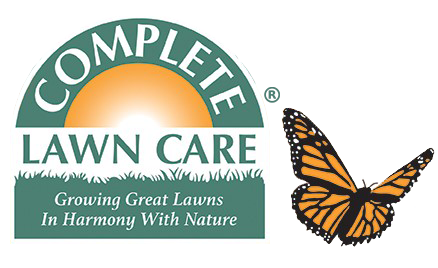These days, it seems fashionable to deride maintained turfgrass as detrimental to the environment and bad for the people and animals who use it. It’s a fascinating, yet disturbing, changed view of a plant species that offers us safe areas to walk on, play games and sports on, picnic on and use in many ways that are completely different than almost any other living groundcover would allow.
Consider these facts:
- Did you know that a well maintained turfgrass plot as small as 2,500 square feet can provide enough oxygen for a family of four and also absorbs carbon dioxide, ozone, hydrogen fluoride, peroxyacetyl nitrate, all while cooling the air temperature at the same time? Read the facts here.
- Did you know that the United States Department of Environmental Protection (US EPA) released a report by an expert panel in 2013 that shows well maintained turfgrass actually cleans water runoff and provides benefits to the environment? Read the facts here.
 Finally, did you know that Montgomery County Council member George Leventhal is proposing legislation banning the use of weed, insect and disease controls (pesticides) that are used to maintain healthy turf in Montgomery County, MD? This ban would apply to all retail and commercial sales and use of weed, insect and disease controls for residential turf, commercial turf, sports turf and more.
Finally, did you know that Montgomery County Council member George Leventhal is proposing legislation banning the use of weed, insect and disease controls (pesticides) that are used to maintain healthy turf in Montgomery County, MD? This ban would apply to all retail and commercial sales and use of weed, insect and disease controls for residential turf, commercial turf, sports turf and more.
This truly uninformed position is staked from a strictly political angle and we believe it will harm the environment, many residents, businesses and the local economy. The proposed legislation is opposed by most residents of Montgomery County, as well as golf course managers, sports turf managers, professional lawn care managers (of which I am one), plant health care specialists, and the farming and agricultural communities.
However, let’s end on a good note. Worthy endeavors in support of turfgrass persist around the country, and especially at the nearby University of Maryland’s Paint Branch Turfgrass Research Facility in College Park, Maryland. This is “the” premier turfgrass research facility in the US and the work being done by the scientists and dedicated staff will continue to positively impact how we grow and maintain turfgrass in environmentally sensitive ways.
